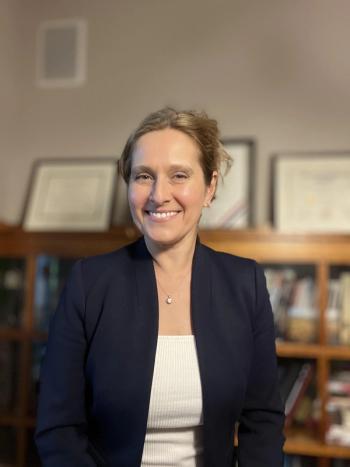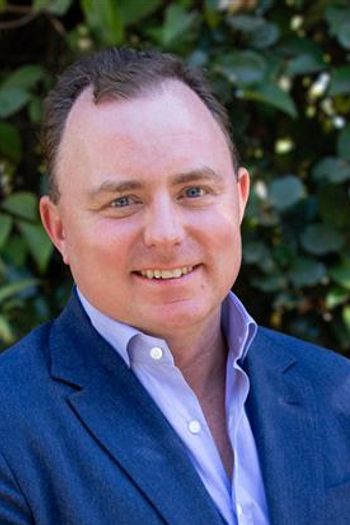
AMA: Physician private practice ‘unraveling’ due to low payment, high costs, administrative burdens
Key Takeaways
- Physician practices are consolidating under hospitals and private equity due to financial and administrative pressures, threatening private practice sustainability.
- Private practices account for less than half of physicians, with only 42.2% in 2024, down from 60.1% in 2012.
Factors across U.S. health care pose a ‘dire threat’ to ‘severely destabilized’ independent private practice, threatening patient access.
Decreasing
“Physician Practice Characteristics in 2024: Private Practices Account for Less Than Half of Physicians in Most Specialties” is a new Policy Research Perspectives paper published by AMA on May 29, 2025. Author Carol K. Kane, PhD, analyzed data from AMA’s Physician Practice Benchmark Survey.
The results showed a continuation of industry trends making it more and more difficult for independent doctors to keep their offices open.
“The share of doctors working in practices wholly owned by physicians is unraveling under compounding pressures,” AMA President Bruce A. Scott, MD, said in an accompanying news release. “The cumulative impact of burdensome regulations, rising financial strain, and relentless cuts in payment poses a dire threat to the sustainability of private practices.
“After adjusting for inflation in practice costs,
‘Three clear reasons’
The survey showed “physicians indicate three clear reasons for the shift away from private practice and toward practices that are owned by entities other than physicians,” Kane wrote.
- The need to better negotiate higher payment rates with payers
- To improve access to costly resources
- To better manage payers’ regulatory and administrative requirements.
“Moreover, these three reasons are top both for physicians whose practices were sold between 2020 and 2024 and for physicians whose practices were sold between 2014 and 2019,” the study said. “In fact, even more than a decade ago stagnant payment rates in the face of the rising costs of private practice were cited as a reason for selling to a hospital.
“These are longstanding issues that have contributed to the erosion of physicians in small, physician-owned practices and continue to do so,” Kane wrote. “In addition, the reasons given by physicians align with research which shows that markets with larger physician practices and with a greater degree of physician-hospital consolidation have higher prices for physician services.”
By the numbers
The Policy Research Perspectives paper stated private practices now account for less than half of physicians in most medical specialties.
- Overall in 2024, the share of doctors in private practice was 42.2%, down 18 percentage points from 60.1% in 2012.
- For 2024, 47.4% of physicians worked in practices that included 10 or fewer physicians. Last year was the first time that measure dipped below 50%. That measure was 61.4% in 2012, and in the early 1980s, it was estimated approximately 80%. “While this is a striking change over the past decade, it is not a new one,” Kane wrote.
- Single specialty practices accounted for 37% of physicians. Those practices accounted for more doctors than multi-specialty practices (27.8%) but the gap between the two is narrowing — 9% last year, compared with 23% in 2012.
- Regarding physician ownership, 35.4% of physicians had an ownership stake in their practice last year, down 18 percentage points from 53.2% in 2012. In the early 1980s, that was estimated at 76%.
What about private equity?
The data “show that ownership by private equity firms is a more recent phenomenon than ownership by hospitals,” Kane wrote.
For private equity ownership, 38% of physicians said their practices were acquired in the past five years, sometime after 2019, compared with 10% of physicians in hospital-owned practices. “This aligns with research which shows that the numbers of practice acquisitions by private equity firms has increased over time,” Kane wrote. But comparison with earlier research is difficult because much of that focuses on specialties in which private equity has made the greatest inroads, Kane wrote.
Methodology
The 2024 survey sample size grew from 3,500 in previous years to 5,000 physicians who have completed residency, provide patient care at least 20 hours a week, are not employed by the federal government, and practice in the United States. The poll took place in August and September 2024 and had a 43% response rate.
Capturing the ownership information can be tricky. The survey asked physicians about eight practice types and four ownership structures involving physicians, hospitals, health systems, insurers and private equity firms. The 2024 survey had some changes from earlier polls due to the increased complexity around practice ownership. But the question format allowed doctors in private practice to identify themselves easily and clearly, with other physicians having easier options to identify owners, Kane wrote.
Newsletter
Stay informed and empowered with Medical Economics enewsletter, delivering expert insights, financial strategies, practice management tips and technology trends — tailored for today’s physicians.















